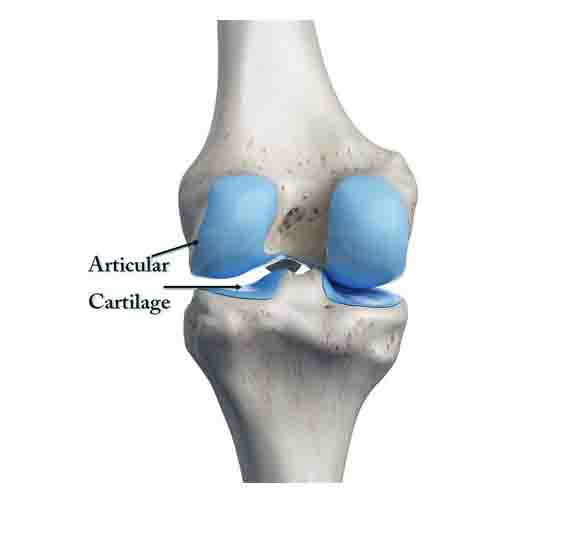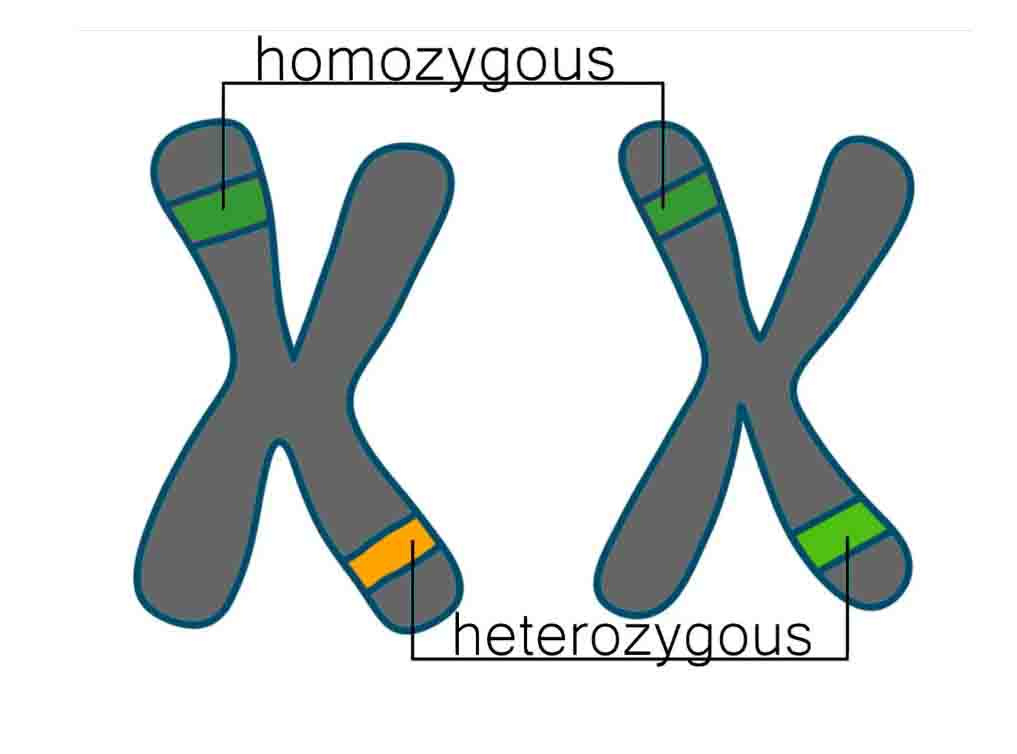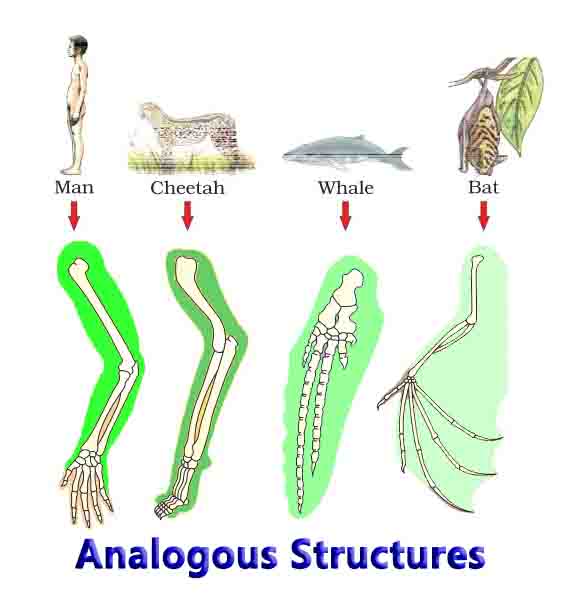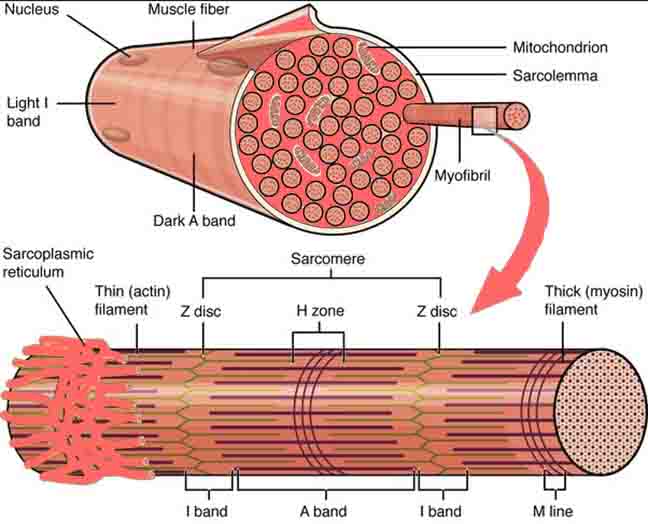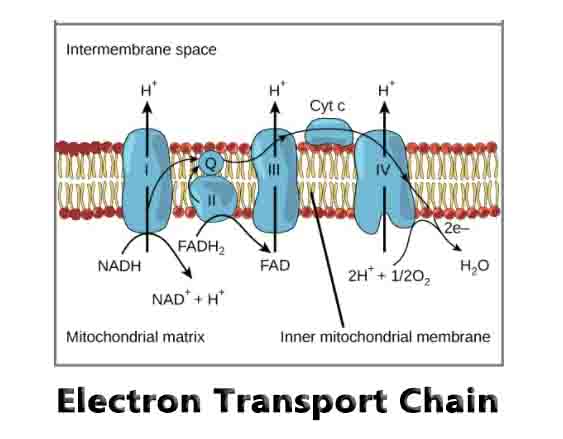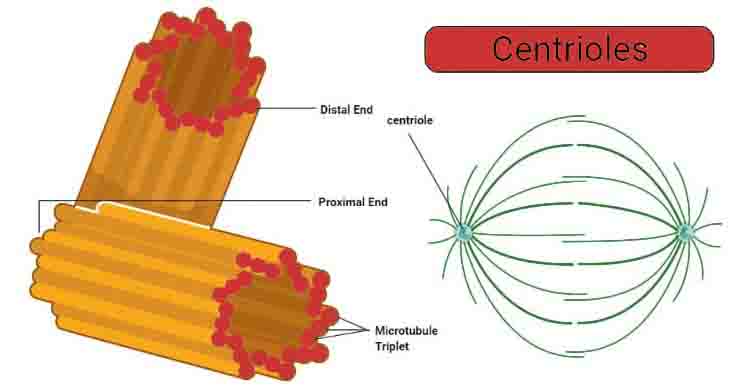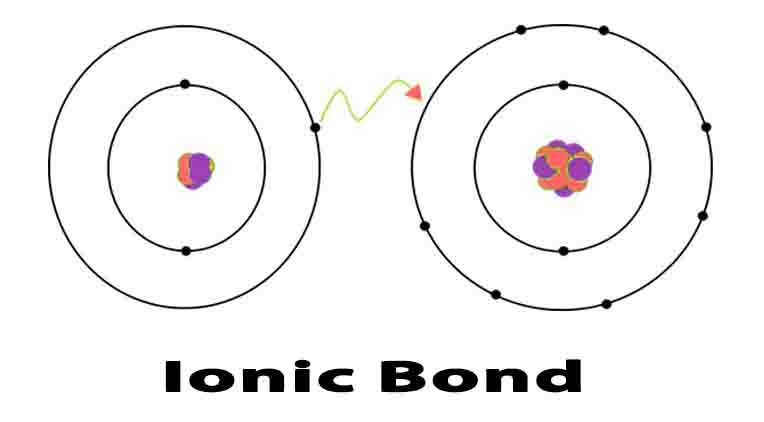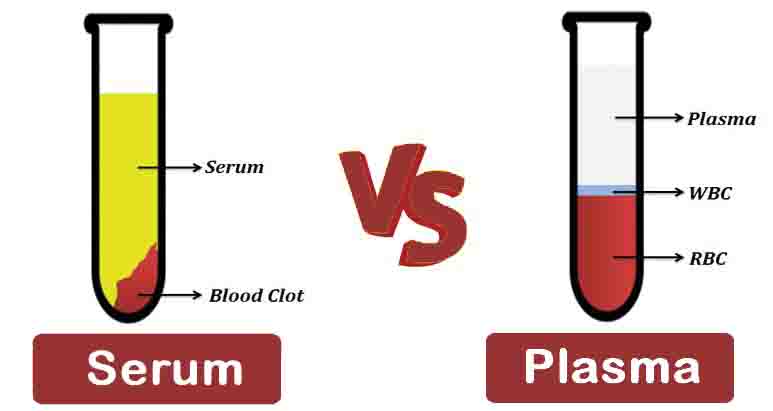Cartilage
Definition Cartilage is a semi-rigid but flexible avascular connective tissue found at various sites within the body. With a pliable structure composed primarily of water, this tissue type is also extremely tough. Cartilage is found throughout the human body in areas such as the joints, nose, airway, intervertebral discs of the spine, and the ear. … Read more

